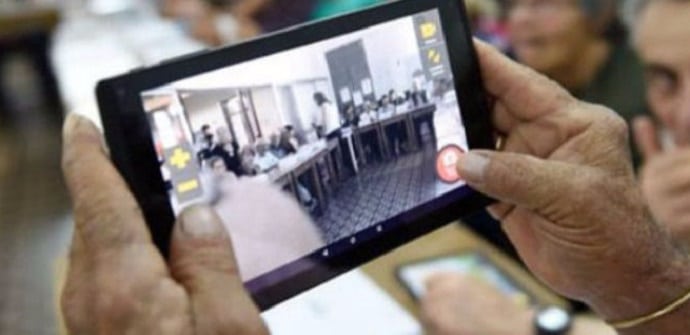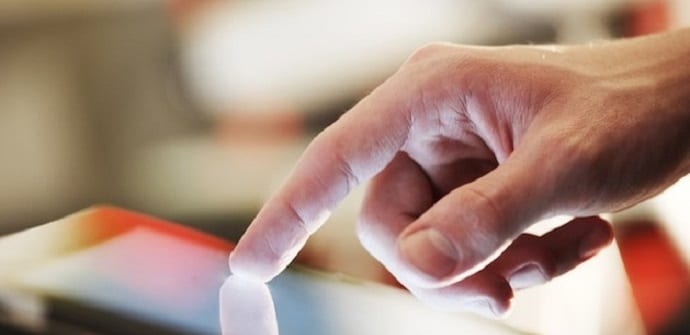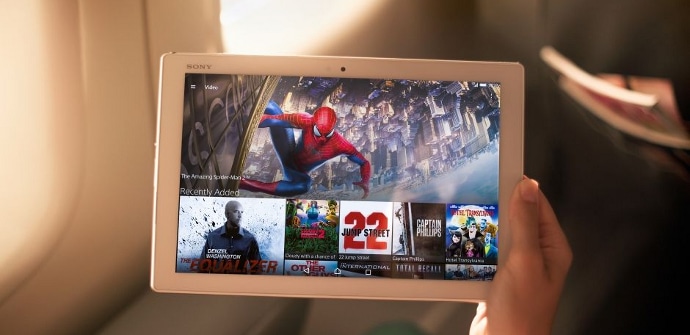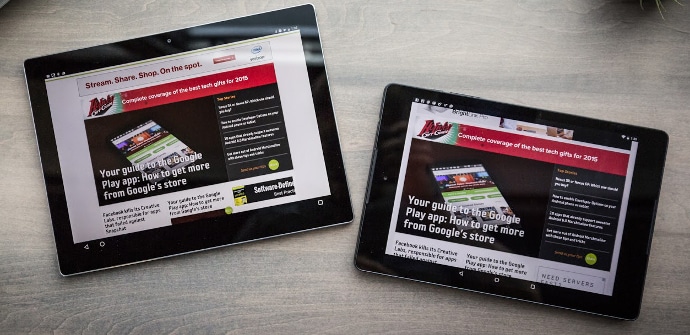
Despite the fact that many consider that new technologies are only available to the youngest and middle-aged population, the truth is that geographical barriers and above all, age barriers have been eliminated with the appearance of the portable stands. The so-called «Digital Natives» are the ones who most use tablets and smartphones to surf the Internet or, more especially, to use messaging tools and social media. For them, learning and using new technologies has not been a complicated task. However, the cheapening and generalization of these media have led to their expansion to audiences that, until recently, ran the risk of being left out.
The mayores 55 and 65 year-olds have been gaining weight as one of the segments that are including portable platforms the most in their day-to-day lives. Next, we tell you how the older ones use the tablets in our country and how consumption habits have been changing in recent years in these media that, as a curious fact, already exist in 3 out of 4 homes in Spain and that, moreover, seem to be in good health in the face of the situation of stagnation that is present in other regions around the world.

The data
The Fundación Telefónica report entitled "The Information Society in Spain" reflects that during 2016, the use of tablets among older than 65 years grew 219% compared to 2015. In other words. Two years ago, only 1 in 10 people belonging to this group used one of these devices on a daily basis. Last December, this figure increased to more than 4 each 10. However, the most significant data is the fact that in a short time, older people have become those who use them the most, even ahead of all groups under 34 years of age, where approximately 30% of its members turn to them daily.
How do they use them?
El leisure It is the most widespread use in almost all layers of the population. In the case of those over 65, the increase compared to 2015 has been almost 14%. In second place we find the applications of Messenger service. About 10% perform Bank operations Through their tablets, although only 5% access administrative procedures on them. However, there has been significant growth in these last two fields, since electronic banking has spread rapidly through elements such as the apps developed by the entities themselves. In the case of the youngest, leisure and education are the leaders.

Conventional messaging
Although the video calls They have revolutionized the way we communicate and have served to break even more geographical barriers, the truth is that the oldest people still resist resorting to them. Of all the tablet users in this layer, only 17% used applications such as Skype in 2016. The figure remains unchanged compared to 2015 and contrasts sharply with that of the youngest, since half of users between 14 and 19 years old communicate with this option.
Millions of connections per day
The Fundación Telefónica report also makes a more comprehensive study on the habits of the rest of the population. According to the figures it offers, approximately half of the population, about 23 million people, connect daily to Internet. The use of tablets access to it has also increased compared to 2015, from approximately 38% to 42,5%. Once again, messaging apps, sending emails, and posting photos and videos remain the priority uses. However, reading through these platforms has not shown significant progress.
Is Spain breaking the trend?
We often tell you the direction that the global tablet market is taking. However, just as there are many nuances in the sales figures of the largest companies, where we find winners and losers, we can also find aspects to take into account when using the devices. In Spain, as we said at the beginning, there are at least 1 tablet in 72% of households. The average time that users spend in front of the largest screens is around one hour and forty minutes.

Some initiatives to reduce the digital divide
Currently, it is possible to find a multitude of plans that aim to include not only the elderly, but also other groups at risk of exclusion in the use of consumer electronics. Some examples can be the strategy E-Health of Castilla y León and that allows a more personalized health care, Madrid.org: Connected Schools, which aims to offer a faster Internet connection in all schools in La Rioja.
Do you think there is still a lot to do to reduce the digital age or gender gaps both in Spain and in the rest of the world? Do your older relatives use tablets and smartphones on a daily basis? We leave you available more related information such as, for example, the most widespread uses of the Internet in our country so that you can learn more.